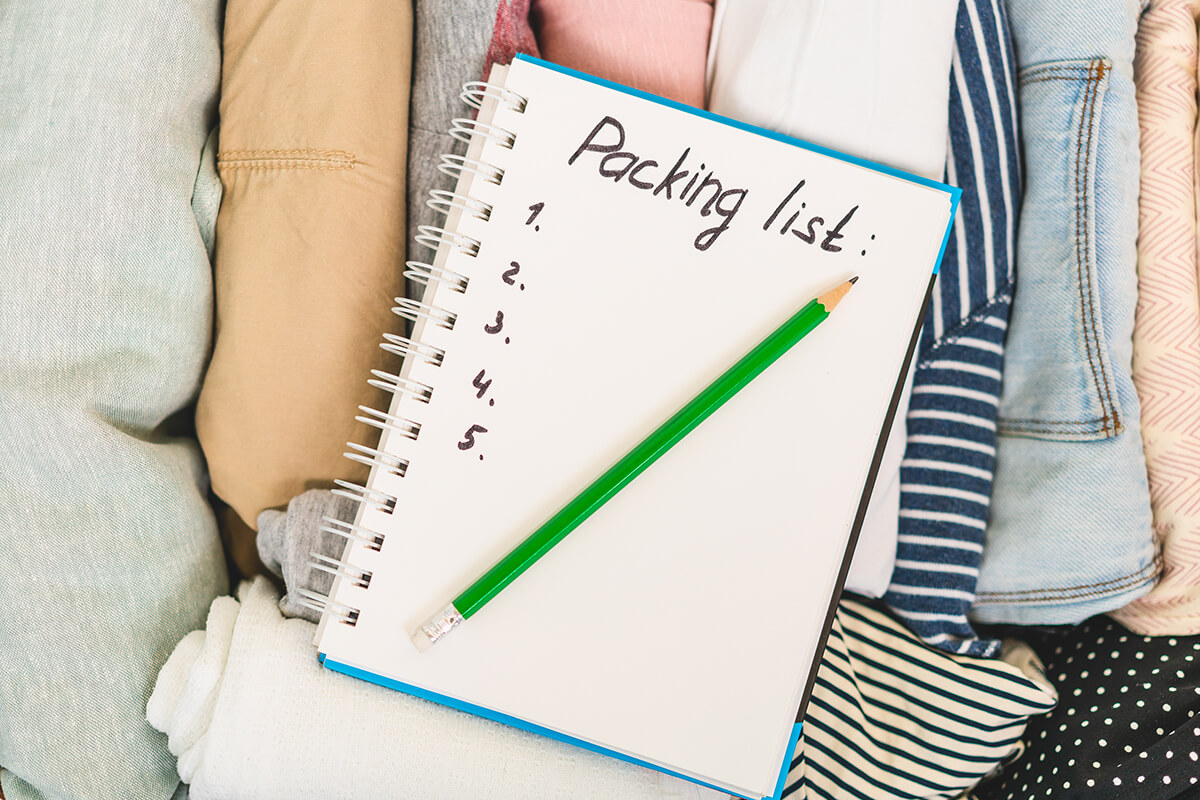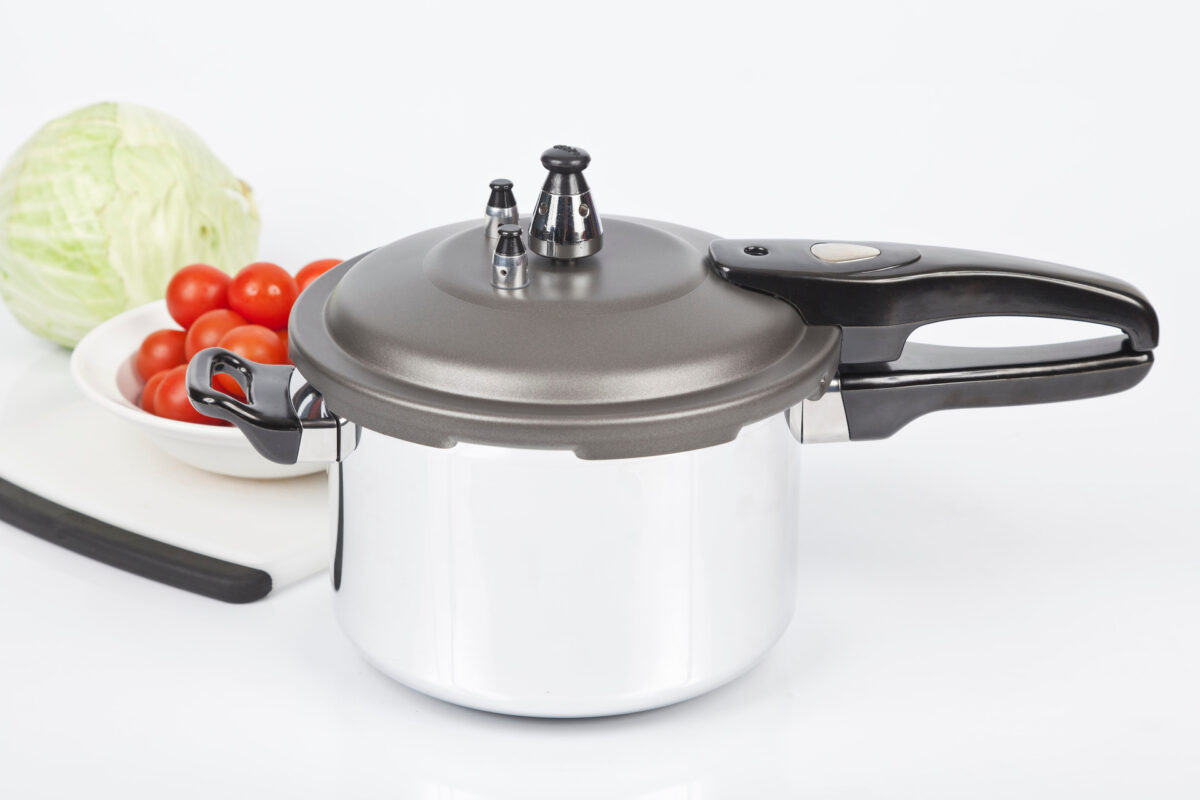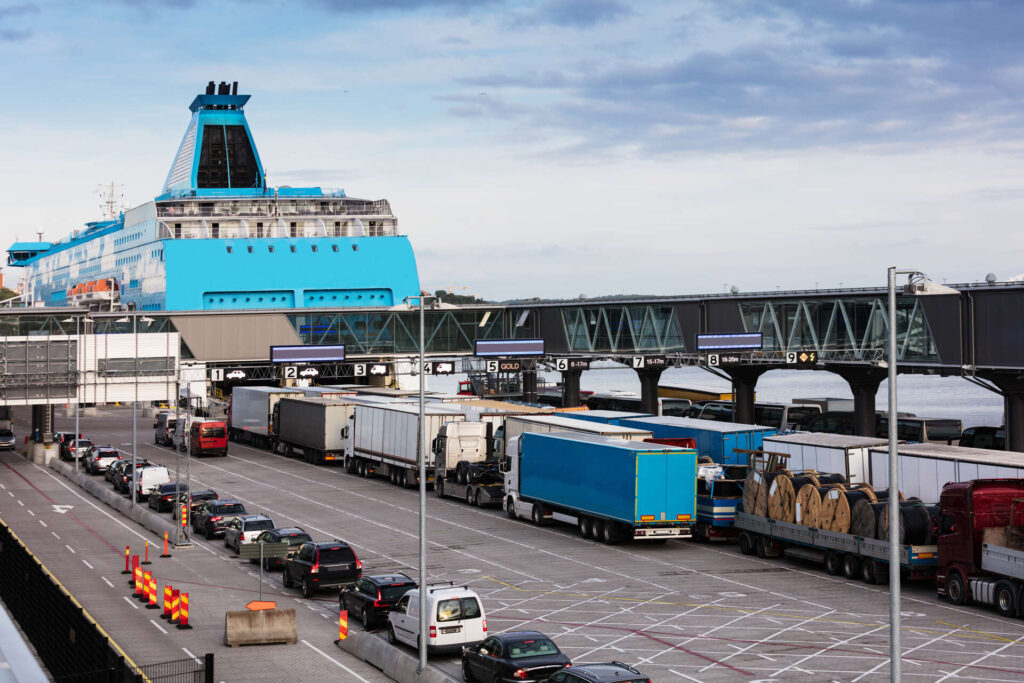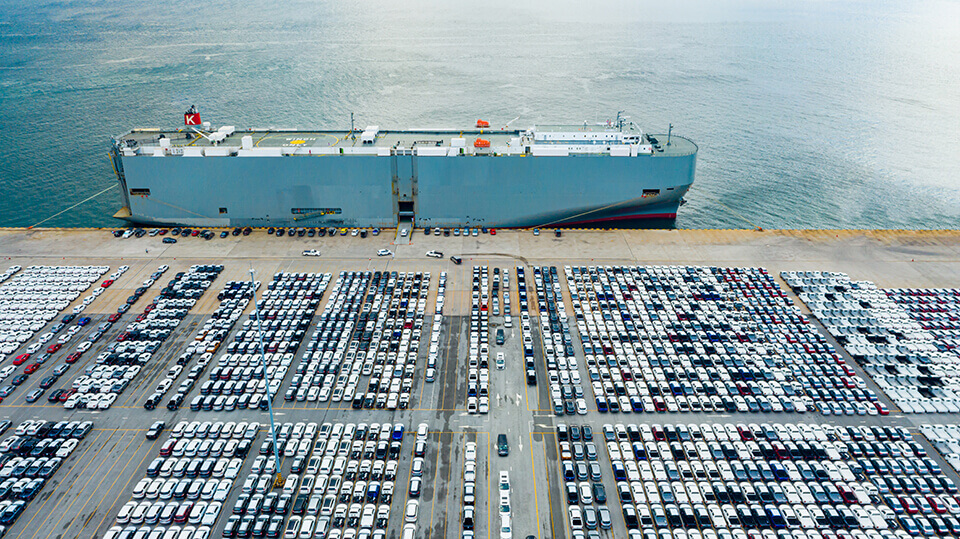Moving abroad can be an exciting adventure, but it can also be a daunting task, particularly when it comes to boxing up. But have no worries! In this blog post, we’ll share some expert tips and strategies on how to pack efficiently for an international relocation so you can finish your move without a fuss. Our guide will help you make the most of your packaging experience and ensure a smooth transition to your new life abroad – so read on.


Research your new home’s climate and culture and take into account any restrictions on imports or customs regulations. Then, make a list of the essential items and consider donating, selling, or storing items that you don’t need or won’t use in your new home. Use high-quality packaging materials to protect fragile items, and box up strategically by using space-saving techniques. Don’t forget to label each box clearly with the contents and room. Lastly, consider hiring a professional overseas moving company that specializes in international moves to ensure a smooth transition and avoid any potential mishaps.
Why Learning How to Pack Efficiently for a Move Is Crucial for Shipping Overseas
Shipping overseas can be expensive, and the more items you have, the higher the cost will be. Additionally, moving abroad can be more complicated than domestic shipping, with customs regulations and import restrictions to consider. Lastly, international shipping can be unpredictable, with longer transit times and a greater risk of damage.
Properly packaging and protecting your belongings can help reduce the risk of damage and ensure that they arrive at your new home in good condition. Not only that, but boxing up efficiently can help you reduce the number of items you need to ship and lower your shipping costs. It can enable you to save money, time, and energy during this transition while reducing the amount of relocation stress you’re experiencing.
Assess Your New Living Situation Before Moving Overseas
Before you start deciding what to pack, it’s important to take into account any differences or limitations that may affect what you can bring with you – from cultural differences to climate and space restrictions. By taking the time to assess your new living situation, you’ll be better equipped to make informed decisions about what to keep, what to leave behind, and what you have yet to buy.


Determine the Size and Type of Housing You’ll Be Living In
Different types of housing may have different space restrictions and limitations on what you can bring with you. When you plan on living overseas, it’s important to get an accurate understanding of the size and layout of your new space, including the number of rooms and the amount of storage available. This will help you determine what you can realistically bring with you and what you’ll need to leave behind or store.
Get to Know the Climate in All Four Seasons
Different regions and countries can have vastly different weather patterns, and it’s important to understand what to expect throughout the year. Research the climate in your new home and take into account the temperature range, humidity, and precipitation levels for all four seasons. This will help you with many decisions when packaging clothes and seasonal items that may be necessary, such as snow boots or swimwear.
Understand Cultural Expectations for Clothes and Personal Items
When you want to relocate to another country, you need to understand that different cultures may have different norms and expectations around clothing and hygiene. It’s important to research and understand these expectations before you start boxing up. This can help you avoid packaging items that may be inappropriate or unnecessary for your new home and ensure that you have the things you need to feel comfortable and confident in your new surroundings.
How to Pack for a Move Efficiently – Create a Packing List Based on New Information
Once you’ve assessed your new living situation, climate, and cultural expectations, you can start creating a detailed list of all the items you need to bring with you. Be sure to prioritize essentials, such as documents needed to travel abroad, medications, and personal items that you can’t live without. Additionally, consider any restrictions on what you can bring, such as import regulations or airline baggage restrictions, and factor these into your list. As you box up, check off each item on your list to make sure you haven’t missed anything.


Tips for Creating a Packing List for Moving Internationally
There are many free templates available online that can provide a basic structure for your own list. Using a template can save you time and effort, as you won’t have to start from scratch.
Categorizing items is an effective way to create a well-organized boxing-up list. Start by creating categories for different types of items, such as clothing, electronics, kitchen items, personal care items, and so on. Within each category, you can further break down things by type. Categorizing items can help you stay organized and efficient throughout the boxing-up process, as you can easily group similar things together and box them up in the same boxes or bags.
Relocation essentials are things that you absolutely need in order to function on a day-to-day basis, such as important documents, medications, toiletries, and a change of clothes. By prioritizing these items, you can ensure that you have everything you need from the moment you arrive in your new country.
When creating a list, it’s crucial to remember to include important documents. These may include passports, visas, birth certificates, marriage licenses, medical records, insurance policies, and any other legal or financial documents that you may need in your new location. Consider making copies or scanning them to store on a secure online platform as a backup and carry these documents with you during the relocation process rather than packing them in boxes that will be shipped or put in storage.
The Essential Packing Tip – Sort and Downsize Your Belongings
Getting international moving services is almost always necessary when relocating overseas, but the more things you have, the higher the cost will be. Downsizing can help you reduce the number of items you need to relocate, thereby lowering your overall cost of relocating to a new city abroad.
Decluttering and downsizing can also make it easier to organize and box up your belongings and unpack once you arrive at your new home. Finally, downsizing can help you let go of things that may not be essential or necessary for your new life abroad. This can be a cathartic process that helps you focus on the things that truly matter and start living in another country with a fresh perspective.
First, Decide What to Keep and What to Throw Out
When decluttering before moving overseas, there are several questions you can ask yourself to help you decide what to keep and what to let go of. Here are a few examples:
- Do I use this item regularly? If you haven’t used an item in several months or years, it may be time to let it go.
- Does this item have sentimental value? Consider keeping items that have personal or sentimental value, but try to limit the number of things you keep.
- Will I have space for this item in my new home? Think about the size and layout of your new home and what items you will have space for.
- Can I easily replace this item in my new location? If an item is readily available in your new location, it may be easier to let it go and purchase a new one later.
- Does this item have practical use in my new life abroad? Think about the climate, culture, and lifestyle in your new location and what items will be useful or necessary.
- Is this item in good condition? Consider the condition of the item and whether it’s worth transporting to your new location.
Sell, Donate, or Throw Away Things You Don’t Need
Consider throwing away items that are no longer in good condition or that can’t be sold or donated. This can include things like old paperwork, broken appliances, or expired food. Be sure to recycle or dispose of items properly and follow any local regulations or guidelines.
You can donate items that are still in good condition but that you no longer need. Many charities and non-profit organizations, such as the Salvation Army, accept donations of clothing, furniture, and household items. Donating can be a great way to give back to your community and help others in need.
In the end, you can also sell things that are still in good condition and have value. You can do it online through sites like eBay or Craigslist or have a yard sale if you have a last-minute move and want to get rid of multiple items at once. If you decide to go with the yard sale option, take a look at how to organize one:
Choose the Right Luggage and Packing Materials
If you’re traveling by air, check airline restrictions for luggage size, weight, and contents. This will help you choose the right luggage that meets the airline’s requirements and avoid any extra fees or delays. Additionally, make sure to use high-quality packaging materials, such as sturdy boxes, tape, and bubble wrap, to protect your belongings during the relocation. Avoid using old or damaged boxes, as these may not provide adequate protection.


Pack Strategically, With Space-Saving in Mind
When moving internationally, packaging strategically can help you save time, money, and nerves during the relocation. By using efficient packaging methods and space-saving techniques, you can reduce the number of boxes you need and make the most of the space you have.
Roll Clothes Instead of Folding Them
This space-saving technique can help you make the most of the available space in your luggage or boxes. By rolling clothes, you can reduce the amount of space they take up and prevent wrinkles or creases in your clothing. Here’s how to roll clothes effectively:
- Lay the item flat,
- Fold in sleeves,
- Roll from the bottom up and keep the roll tight as you go,
- Place the rolls tightly into your luggage or box.
Rolling clothes can also help you stay organized during the move, as you can easily see what items you’ve packed and access them without having to dig through a pile of folded clothing.
Place Small Items in Other Empty Spaces
When boxing up, look for empty spaces in your luggage or boxes that you can fill with smaller items, such as socks, underwear, or accessories. For example, you can fill the empty space inside shoes, use pots for storing, or store some of the sturdier belongings in your drawers.


How to Pack Fragile and Valuable Items
When packaging fragile items, use high-quality materials, such as bubble wrap, packing paper, and sturdy boxes, to protect fragile and valuable objects during the relocation. Wrap each fragile item individually and use padding materials to fill any gaps in the box and provide additional protection. Clearly, label boxes containing fragile belongings as “fragile” to alert movers and handlers to exercise extra care. Additionally, consider carrying anything truly valuable with you during the move rather than shipping it with the rest of your belongings.
Of course, when wondering how to pack efficiently for a move, don’t forget that you always have the option of hiring an overseas shipping company, such as Sunset International Shipping, and getting professional packing services. If you think you’re not up for the challenge, you can always decide to leave packaging to experienced professionals.
Ask an International Moving Company to Help You Pack Effectively
Moving abroad can be a complex and challenging process, and boxing up is just one of the many tasks you’ll need to complete before the big move. If you’re feeling overwhelmed or unsure of how to pack for a move efficiently, consider working with a reliable international moving company.
Sunset International Shipping has years of experience helping people move abroad and can provide you with the support and guidance you need to relocate efficiently and make a successful transition to your new home. Don’t be afraid to contact us and seek help and support as you prepare for your international relocation.
Frequently Asked Questions About How to Pack Efficiently
One of the most common relocation tips to help you move efficiently is to make a list of all the stuff you need to box up and prioritize it based on importance and necessity. You should also use high-quality materials and label boxes clearly with the contents and the room they belong in to make unpacking easier. Don’t forget to prepare a separate bag with essentials like toiletries, a change of clothes, and important documents so you can access them easily upon arrival.
Fill gaps in the box with small items, such as socks or accessories, to make the most of the available space, and use vacuum-sealed bags to compress clothing or bedding and save space in the box. Box up tightly to prevent stuff from shifting during transport and taking up unnecessary space.
When packing for a relocation, it’s important to prioritize the items that are essential and necessary for your daily life, such as toiletries, electronics, medicine, toiletries, and so on.
One of the most common relocation mistakes is overpacking boxes, which can make them too heavy to lift and increase the risk of damage during the relocation. People also tend to forget to label boxes, which can make it difficult to find specific items during the move, leading to confusion and stress.
Waiting until the last minute to box up is another mistake you should avoid since it can cause stress – start boxing up several weeks before the relocation date to reduce stress and ensure everything is packed properly. Keep in mind that failing to use enough materials when packaging dishes and other breakables can lead to damage to fragile items. Use enough materials to provide adequate protection for all your items.
Firstly, lay the clothing item flat and smooth out any wrinkles. Then, fold in the sleeves or pant legs, making sure the edges are aligned. Next, fold the clothing item in half, from bottom to top, then in half again, from left to right. This will create a neat and compact bundle that can easily fit into your luggage.
For heavier things like books, use smaller boxes to prevent the box from becoming too heavy to lift. For larger, lighter items like bedding or clothing, use larger boxes to maximize space and minimize the number of boxes needed. Avoid overfilling boxes, as this can lead to items falling out or the box breaking.
Packing efficiently for different climates when relocating across the world requires some planning and strategy. Start by sorting your clothing by type and weight, and then consider the climate of your new location. For example, if you’re moving from a warm to a cold climate, bring layers that can be easily added or removed as needed. Don’t forget also to pack appropriate footwear and accessories for the new climate.








